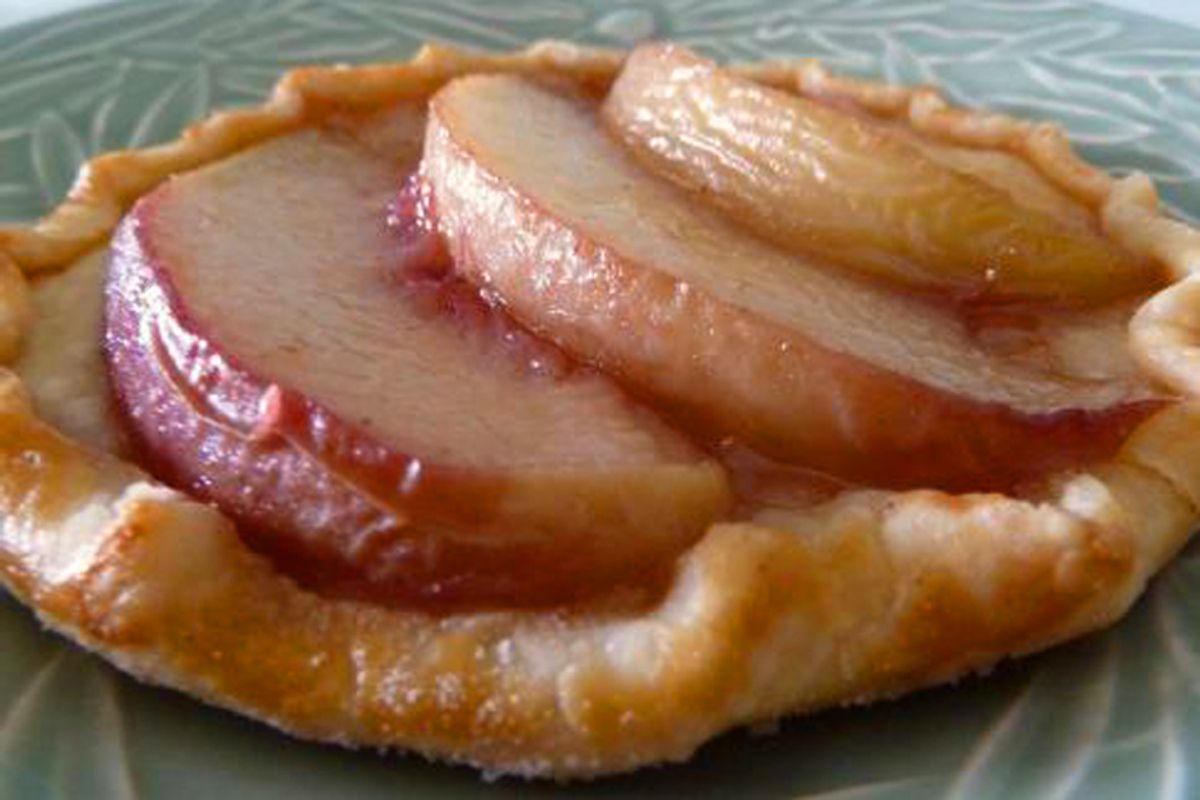On my wedding day, I was given a gift of immortality.
Somehow, I had never been to a traditional Chinese wedding banquet until my own. Our marriage was celebrated with two receptions. Nothing over-the-top, just the small, simple luncheon I wanted and a Chinese banquet to honor my cultural heritage. The banquet was also a way to include the dozens of distant relatives and family friends we called uncles and aunts that I had never seen before, nor since. I was excited about the "qi pao" (cheongsam) I wore for the Chinese banquet. I had never had a dress custom made for me before, and I adored the simple Mandarin-collared sheath of silk brocade that fit me like a second skin and made me feel as glamorous as the girls on those old Shanghai poster advertisements.
Besides the dress and the banquet, the other Chinese tradition my family included in my otherwise mainstream American wedding was a Chinese bridal trousseau. I didn't get the entire trousseau, which would have included all the clothes I would need for the honeymoon and my new life as a wife, but I was regaled with jewelry. I haven't worn most of it since the wedding, because I am not a fan of the very yellow gold that is traditionally favored in Chinese culture. The one piece that I do wear regularly is the peach-shaped jade pendant my uncle gave me on my wedding day. On its white gold chain, it is more in line with my style.
My uncle, a man of few words (and none of them in English), presented it to me without fanfare. But as it turns out, it might be one of the most potent pieces of adornment ever made. The peach and the tree that bears it, it turns out, have great significance in Chinese culture. Peaches originated in China, and have been celebrated there for thousands of years. Each part of the peach tree has significance. Ancient warriors made weapons from the wood of the peach tree, which was said to ward off evil. The petals of peach blossoms were considered magical; they were said to put men into "an intense trance of love." And the peach itself is thought to confer fertility, longevity and even immortality. That makes my little peach pendant quite a wedding gift.
Peaches are still cultivated and enjoyed in China, though I doubt the average person considers their cultural significance while eating them. The only way the Chinese enjoy peaches is fresh: tree-ripened and dripping in all their juiciness. These peaches are so good, they would never be "wasted" in cooking or baking. But I think that sometimes fruit, like a bride, can be enhanced by being dressed up. So I've taken some culinary license and baked some peaches into a light dessert, lightly caramelized and gently spiced with ginger. In light of the Chinese tradition of eating fruit in its native state, I've kept these peaches as natural as possible. I've chosen ginger because like the peach, ginger is a mainstay of Chinese cuisine. It is also part of the herbal pharmacopoeia of traditional Chinese medicine. Ginger is considered to have strengthening properties, and is also thought to help with digestion and circulation.
While I know these ginger-peach tarts will kiss your tastebuds, I can't guarantee that they will make suitors fall at your feet or help with baby-making. And I am not sure that peaches in any form will make you live forever.
If I had known that they could, I would have showered my uncle with bushels full.
Ginger peach tarts
Ingredients
- 2 tablespoons unsalted butter
- 3 large white peaches (about 1.5 pounds)
- ¼ cup sugar
- ½ teaspoon ground ginger
- 2 pie crusts, rolled out, or 2 sheets of ready-to-use pie crust
- 1 egg, beaten and diluted with 1 teaspoon water for egg wash
Directions
- Wash and dry peaches.
- Cut each peach into 8 evenly sized wedges.
- Combine sugar and ground ginger.
- Melt butter in a sauté pan over medium heat until slightly foamy.
- Add peach slices.
- Allow peach slices to cook and release juices, occasionally stirring gently.
- When the juices start to boil (about 2 minutes), add the sugar-ginger mixture.
- Continue to cook for a few minutes over medium heat until the sauce thickens a bit and the peaches begin to caramelize. Turn slices over once for even cooking.
- When tender, remove peach slices from sauté pan and carefully transfer to a plate and allow to cool to room temperature.
- Cut 4 circles (about 4 ½ inches diameter) out of each pie crust and arrange onto a baking sheet.
- Use your finger to fold and crimp the edges of the pie crust circles to form an approximately ½-inch rim.
- Brush the exposed surface of these tart "shells" with egg wash.
- Place three slices of the prepared peaches into each tart shell.
- Drizzle about a teaspoon of the sauce over the top of the peaches.
- Bake at 375 for 15 minutes, until golden.
- Cool for 10 minutes before serving with Chinese tea.

Shares